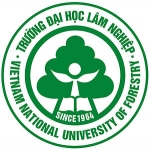About 150 km south-west of
Despite being a national park and Ramsar site, Xuan Thuy’s biodiversity is under threat from unsustainable levels of fishing and overgrazing within the park boundaries. (The reckless cutting of mangrove trees for firewood has resulted to destruction of the forest. Likewise, the rapid and unmanaged grazing of cows, goats and buffaloes for years in the park adds pressure to the wetland) .This has prompted local authorities to set-up regulations around the park which often led to disputes and opposition from the communes. As such, minimizing conflict between economics and environment is the most critical issue for the community and for local authorities.
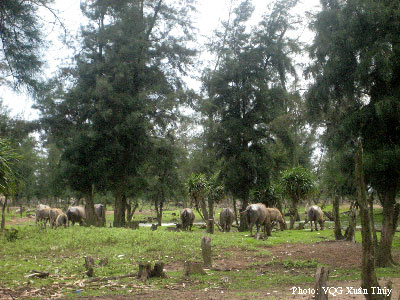
Desolite forest with Buffalos in the core zone (before
project) (2007)
In 2008,
Firstly, staff of the park has overcome all difficulties, doing field work, visiting and consulting with over 200 householders to understand their situations, then holding dialogues to improve the community’s awareness in a bid to reach local commitment to not freely release their cattle in the restricted area of the national park.
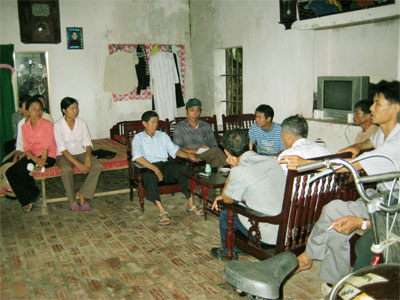
local farmers at their home
Also, local farmers together with
the national park have also sought and built more sustainable livelihoods to
replace cattle grazing. One of them is using rice straws to plant mushrooms. The
pilot succeeded in generating incomes for local
farmers and gradually mushroom culture becomes an alternative livelihood for
cattle owners.
Consequently, the park can finally solve the most challenging issue of over-grazing. Many results have been recognized such as removal of excessive cattle in the core area, the regeneration of mangrove and casuarinas forests, and incomes of local farmers generated from mushroom cultivating activities.
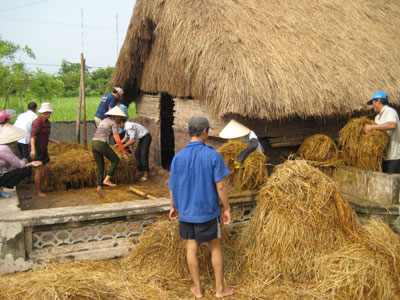
Mushroom culture – an alternative for local farmers.
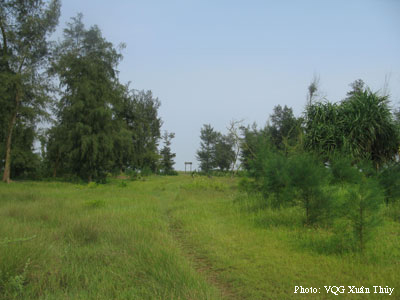
Green comes back Con Lu after the
removal of free cattle grazing (2008)
Dinh Thi Phuong
CORIN-Asia




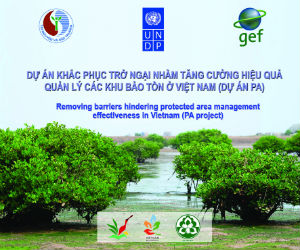

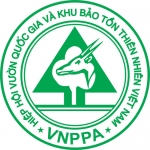
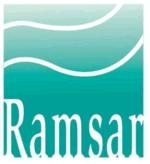
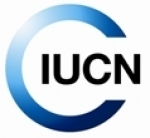

.jpg)
